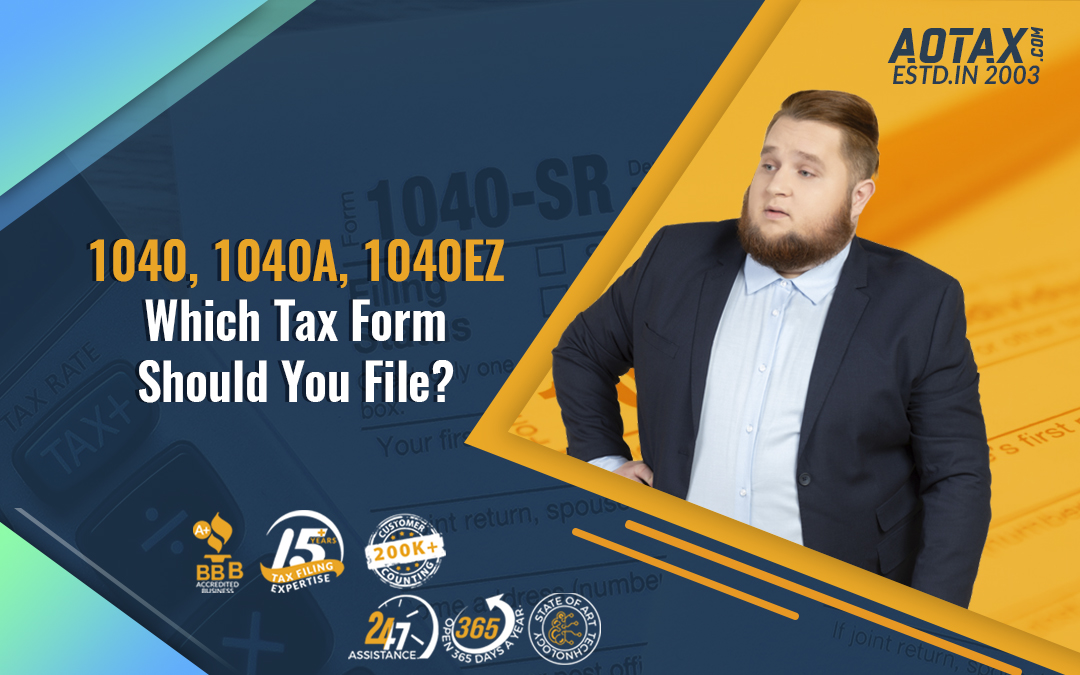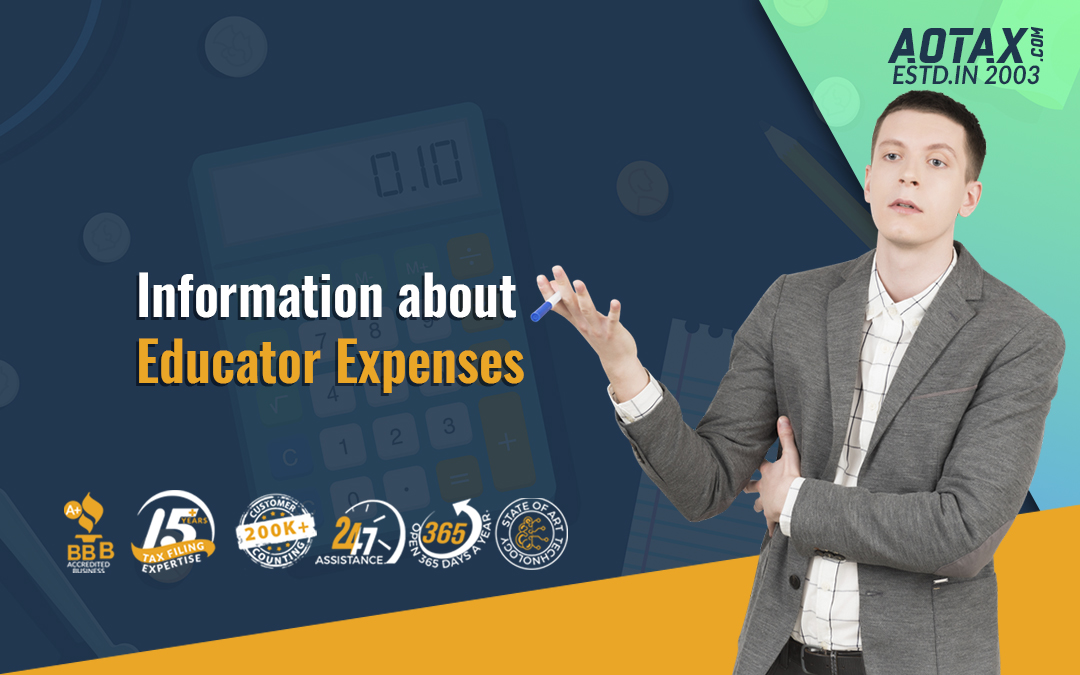
401(K) Other Qualified Pre-Tax Retirement Accounts
401(K) Qualified Pre-Tax Retirement Accounts
Increased life expectancy means you have more years to yourself post retirement. And with the constant rise in commodity prices, you would need more money to cover your retirement comfortably. Thus, spending time on your retirement plans is something that will surely pay off in the longer run.
In 2017, the Social Security payments on an average are $1360. Given the current expenses, you can easily conclude if it is enough for someone or if they would need additional money to live comfortably. Most of us are probably aware of 401(K) and IRA as the most common retirement plans. There are some other retirement accounts that you can consider apart from these two.
401(K)
You can contribute to 401(K) either individually or as part of an organization. 401(K) provided by an employer makes for a great starting platform for a retirement plan. Most of the for-profit organizations provide their employees with 401(K). Teachers and employees of other non-profit organizations have 403(b) instead of it.
401(k) allows you to save up to $18000 of your pre-tax income. And the best part is, if you change your organization, you can carry over the 401(k) to the new employer. As a sole proprietor, you can set up an individual account where you pay for both the employer as well as employee contributions. It is commonly known as solo 401(k).
IRA
Individuals can start contributing $5500 ($6500 if your age is above 50) every year towards their retirement using IRA. You do not have to choose between IRA or 401(k) and can contribute to both. But if you already have a retirement plan, you may not use IRA contributions for deductions, especially if your income is more than $71000 for single filers and $11800 for married joint filing.
SEP IRA
Individuals who are self-employed or have small businesses usually opt for SEP IRA or simplified employee pension IRA. This opens up contributions up to 25% of your income or $53000, whichever is lower among the two. SEP IRA is relatively easier to set up as compared to solo 401(k).
Simple IRA
The Simple IRA is for organizations with less than 100 employees. It calls for easier set up of IRA and with less paperwork involved as well. This allows the employers to either match the contributions of their employees or have unmatched contributions as well.
Health Savings
Health insurance plans with high deductibles make way for good savings in a Health Savings Account. An individual can contribute about $3350 a year and a family can contribute $6650 a year. The money deposited in the HSA can be used for approved medical expenses. If you do not withdraw the amount, it keeps adding on. Once you reach 65 years, you can withdraw the money and use it as retirement savings. You can choose to withdraw the amount before 65 years as well, but that would attract taxes and a 20% penalty.
Roth IRA
A Roth IRA is another great pre-tax retirement account that you can consider. Your contributions grow constantly and if you attain 59 and half years, you pay no taxes on withdrawal as well. For TY 2017 In order to contribute to Roth IRA your annual income should be less than $133000 if you are single filer or $196000 if you are married joint filing. You can certainly contribute to both IRA and Roth IRA, but the ceiling on contribution would change accordingly.
Roth IRA allows you to withdraw your money before 70 years, unlike traditional IRA. Individuals, who do not qualify for Roth IRA, contribute to traditional IRA and convert them to Roth at a later point in time.
Depending on your needs and expectations of the life post retirement, you can choose one or more of the above retirement accounts



Recent Comments